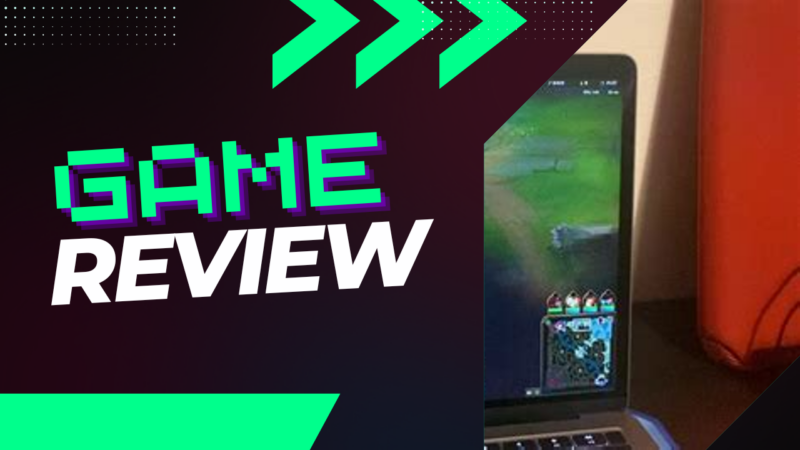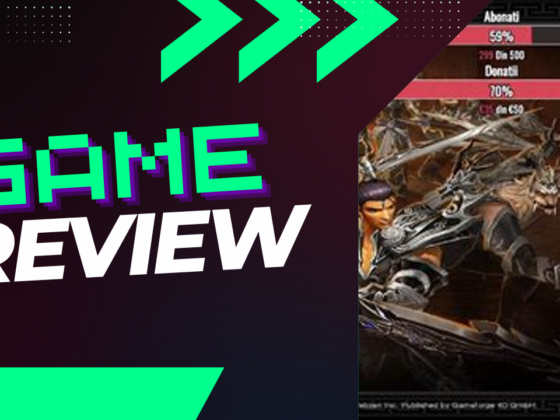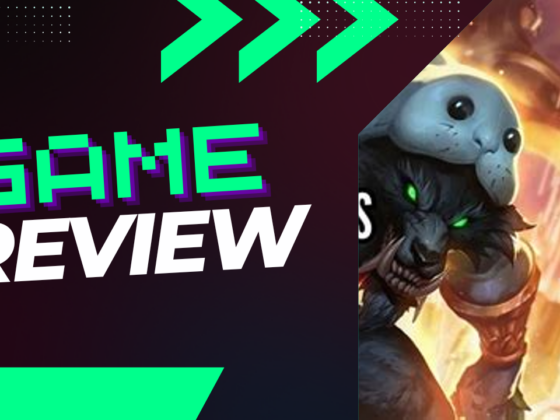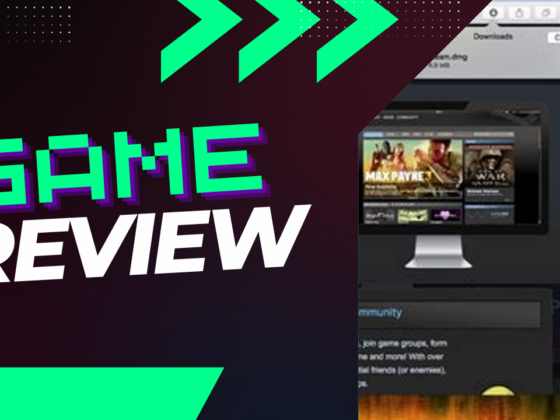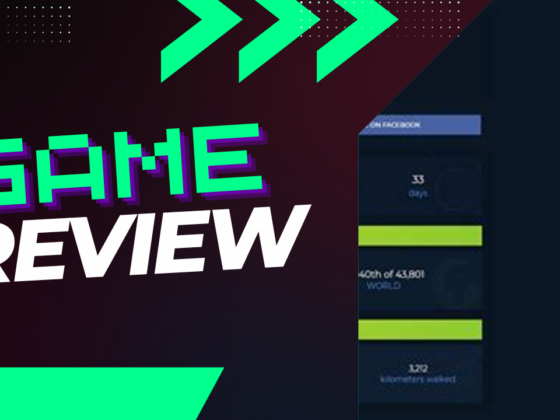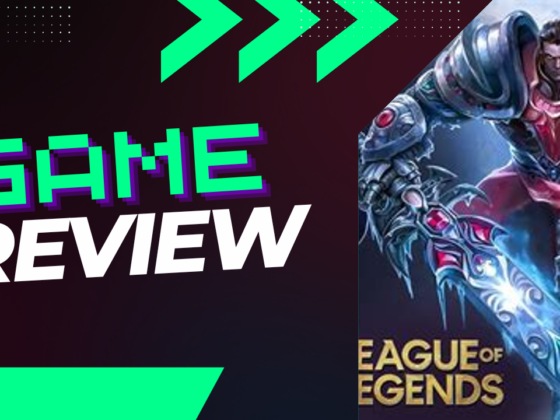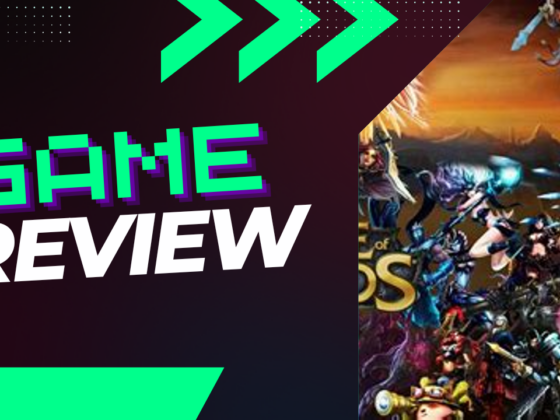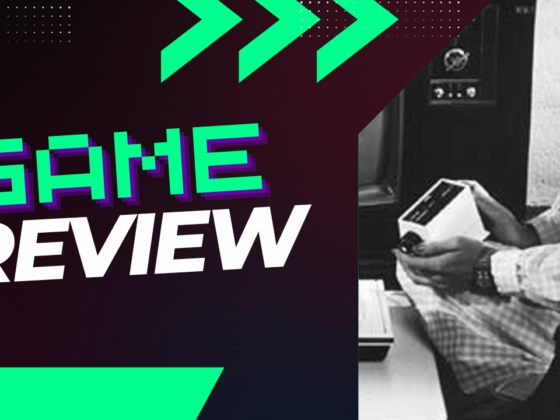Can a sleek MacBook Air M1 transform into a battlefield hero, taking on the iconic League of Legends? As the digital realm buzzes with the electrifying energy of this legendary multiplayer arena, many fans wonder if Apple’s lightweight champ can hold its own. While Riot Games might not be waving the macOS banner from the rooftops, there’s a growing understanding that Mac users too can dive into the fray. Join us as we explore the compatibility dance between League of Legends and the MacBook Air M1, revealing how you can unleash the true potential of your machine without sacrificing the thrill of the game.
Can the MacBook Air M1 Run League of Legends?
Yes, you can enjoy League of Legends on your Apple Silicon Mac, including the M1, M2, and M3 models, as they fully support the Metal API graphics layer.
League of Legends, the most popular Multiplayer Online Battle Arena (MOBA) game in history, boasts millions of players across the globe. While Riot Games hasn’t prioritized macOS support in the spotlight, they have gradually implemented enhancements that improve the gaming experience.
In this article, we’ll examine how efficiently League of Legends operates on Mac systems and provide some tips for an even better gaming experience.
Is League of Legends Playable on Mac?
You can indeed play League of Legends on your Apple Silicon Macs, which encompasses models like the M1, M2, and M3, all of which are compatible with the Metal API graphics layer.
While there isn’t native support in the traditional sense, the integration of the Metal API ensures that the game includes most features as if it were a native title. This support notably streamlines game development for macOS.
Activating Metal API for League of Legends
If you’re playing League of Legends on an Apple Silicon device, activating Metal API will enhance your frames per second (FPS). There are two methods to enable this feature: manually or via a script. Both approaches yield the same results.
Method #1: Manual Activation of Metal API
- Ensure League of Legends is not running.
- Right-click on the application and select “Show Package Contents.”
- Open the game.cfg file using the TextEdit application.
- Insert the line MetalBetaTest=1 in the configuration list under the “General” section.
Method #2: Script-Based Activation of Metal API
- Launch Terminal on your Mac.
- Execute the following command:
curl -fsSL https://gist.githubusercontent.com/jleem99/187155143851161e69be8a0c54a83a8c/raw/cf365118503feef7b2aa56e42a4a50e9b7da7a1b/league-of-legends-enable-metal-api.sh | bash
System Requirements for League of Legends on Mac
League of Legends is playable on both Intel-based and Apple Silicon Macs. Below are the official requirements for the game on macOS:
| Minimum Specifications | |
|---|---|
| CPU | Intel: Core i5-3300 |
| CPU Features | SSE3 |
| GPU | AMD: Radeon HD 6950 |
| VRAM | 2GB |
| Free Storage Space | 16GB SSD |
| OS Versions | macOS 11 |
| OS Architecture | x64 |
| RAM | 4GB |
| Recommended Graphics Settings | High |
| Recommended Resolution | 1920×1080 |
⚠️ Note: Although ARM processors (M1, M2, and M3 Macs) are not officially on Riot’s supported list, they can run League of Legends without issue, as detailed further in this article.
Performance Insights: League of Legends on Mac
Before diving into benchmark results, it’s crucial to highlight that the Metal API significantly boosts FPS on all Apple Silicon devices.
Once you activate Metal API using the methods described earlier, expect to enjoy much smoother gameplay at higher frame rates. Although the game isn’t entirely optimized for native use, meaning it lacks MetalFX Upscaling, the frame rate performance remains strong.
The gameplay experience overall is stable, with minimal crashes or glitches—making League of Legends a well-optimized game for both Apple Silicon and Intel-based Macs.
We gathered benchmarks from both the MacBook M2 Air and the MacBook M2 Pro.
| Model | 15″ MacBook Air | 14″ MacBook Pro |
|---|---|---|
| Chip | M2 Chip, 8-core | M2 Pro Chip, 11-core |
| Graphics | 10-Core GPU | 14-Core GPU |
| Memory | 8 GB | 18 GB |
| Storage | 128 GB | 512 GB |
Both devices delivered outstanding and playable frame rates, consistently crossing the 60 FPS mark and even reaching around 100 FPS in certain scenarios, devoid of micro-stutters or significant concerns.
Given that League of Legends is a highly competitive eSports title, higher frame rates are always advantageous. While the Pro model provided a slightly enhanced experience, the Air held its own remarkably well, promising a satisfying adventure on Summoner’s Rift with either device.
Is League of Legends Playable on the Base MacBook Air M1?
Absolutely! League of Legends performs exceptionally on the base model of the MacBook Air, maintaining a steady 60 FPS even in challenging gaming conditions. With the Metal API activated, any former frame dips commonly encountered have been eliminated.
This results in buttery-smooth frame rates on one of the least powerful Apple Silicon MacBooks available, setting a delightful precedent for user experience on even lower-end devices.
Part of this success is attributed to the unique nature of League of Legends—it is less graphically demanding and has undergone extensive optimization across its many years. Coupled with Metal API support, it’s no wonder it runs so efficiently on the M1 MacBook Air.
Downloading League of Legends on Mac
League of Legends is available through the Riot Client. It’s important to note that there are no alternative download options for any platform. Fortunately, with the exception of activating Metal API, little else is required to get the game up and running smoothly.
Final Thoughts
If you’re a fan of MOBAs, it’s worth noting that Dota 2 is another free-to-play game exclusively available from Riot’s website. What’s your favorite MOBA to play on a Mac? Share your experiences!

